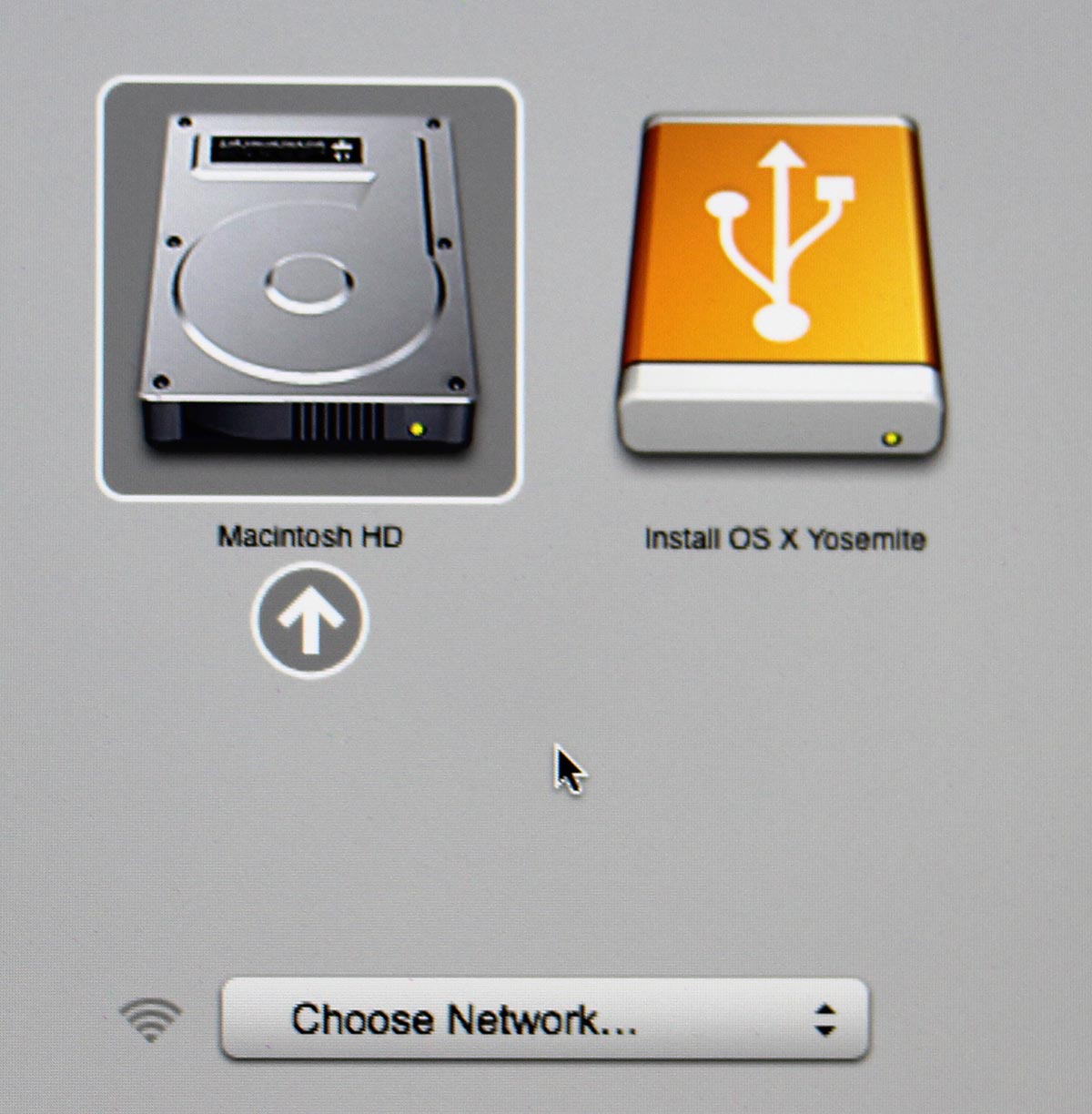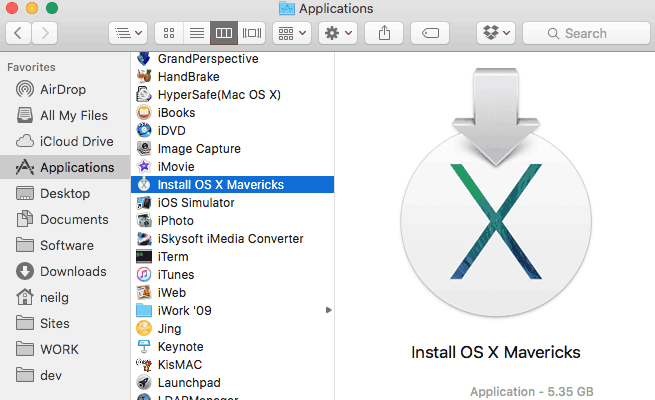
That’s done with the “Erase” tab:Īs you can see, you’ll want to choose “Mac OS Extended (Journaled)” and click “Erase…” when you’re ready. If it’s not - and most USB flash drives are formatted for Windows, not Mac - then you need to reformat the drive. That’s the “after” picture because what the Yosemite installer is looking for is the Partition Map Scheme (lower right). Then look at the very bottom of the window where it shows all the data about the drive: Launch Disk Utility and choose the Kingston HyperX flash drive (or whatever other external drive you’re trying to use). That’s not good.įortunately, clicking on it reveals the problem:įind your “Utilities” folder in the “Applications” folder, and identify Disk Utility: The HyperX flashdrive is plugged in so I’ll click on “Show All Disks…” to choose it:īut, hmmm, it’s greyed out, indicating it’s not a selectable option. “BigHD” is my main drive on my MacBook Pro. Given your question, I’m going to assume you’ve already downloaded the disk image (“.dmg”) for the Yosemite installer.

And that’s what this article covers.įor this task, I’m using a lovely Kingston 64GB HyperX external USB 3.0 flash drive (about $85 on Amazon). The other problem with using an external drive is making sure that it’s formatted correctly. I followed the instructions on the osX manual but won't work. My original intention was to give read only access to USB drives but it seems impossible, so I decided to go for the complete removal of the USB access.

These are the defaults, so just confirm the settings. I am struggling to disable USB ports on macs with the new Yosemite.
#MAC OS YOSEMITE USB MAC OS#
On the right, in the Erase tab, choose to format the drive as Mac OS Extended (Journaled). To do this, launch Disk Utility and choose the destination drive in the drive list (left column). How many of your USB drives are that big? Of course, you can use an external hard drive too, and the process is similar, so that’s not a complete show-stopper. Step 1: Format Your Drive First, you must partition and erase the drive so that it can be bootable.
#MAC OS YOSEMITE USB INSTALL#
General rule of thumb for a modern operating system install is to have at least 30GB of space. There are two problems with this strategy, however: First is size.

Boot up into Yosemite to play, experiment and test, then go back to the stable, shipping Mavericks for your production work. So yes, installing the OS on an external drive or second partition or similar is very smart. There’s also going to be all sorts of extra system logging for debugging purposes so performance isn’t going to be as snappy as people would prefer and there are issues of upgrading mailbox formats, bookmarks, preferences, etc, just to find out that if you need to back up to 10.9 Mavericks, well, you’re in a big jam.
#MAC OS YOSEMITE USB MAC OS X#
With a public beta, it’s inevitable that people are going to leap onto the bandwagon so they can have a preview of Mac OS X 10.10 “Yosemite”, just to find that there’s a reason that “beta” is in the name at this point and have things fail to work properly or even at all.


 0 kommentar(er)
0 kommentar(er)
